Embarking on a journey on the Shinkansen, Japan’s famed high-speed rail, promises to be a remarkable and efficient way to travel between cities. Whether you’re a seasoned globetrotter or a first-time visitor to Japan, the experience is undeniably fascinating. However, navigating the ticket purchasing system and the overall journey itself can sometimes be challenging for non-Japanese speakers. To make your Shinkansen adventure more manageable and enjoyable, we’ve put together a comprehensive guide titled ‘Mastering the Shinkansen: A Detailed Guide to Japan’s Bullet Train Journey.’ This article provides a step-by-step walkthrough on ticket purchasing, seat selection, station navigation, and everything else you need to know about Japan’s super-speedy travel marvel. Make sure to keep this guide handy on your next trip to Japan for a hassle-free and memorable Shinkansen journey!
Buying Tickets
- Shinkansen tickets can be purchased a few days in advance. During off-peak hours, you can even buy tickets for the next train at the station. The train frequency is quite high. During non-holiday periods when there are fewer passengers, consider buying unreserved seats, which are cheaper. In Tokyo, most trains originating from the station have seats available. For peace of mind, we bought reserved seats.
- Ticket purchase doesn’t require personal information, such as passport number. It’s non-nominal.
- Tickets can be booked online in advance and picked up at the station. They can also be purchased from Shinkansen machines at any major station (like Shinjuku or Tokyo), at the JR service station near Shinjuku, or at the JR ticket office. Seats can be selected when buying the ticket. The process is the same even for same-day purchases.
- To view Mt. Fuji while traveling from Tokyo to Osaka, be sure to purchase seats on the right side of the carriage (seats D, E). We caught a glimpse of Mt. Fuji around 8:38 during our 8:12 ride.
- You receive two tickets per person: one for the express train (5,810 yen) and one for the ride (8,910 yen), with a total cost of ¥14,720 for Tokyo to Osaka. You can also get to Osaka using various JR lines with just the ride ticket, while the express ticket guarantees you a seat on the fast and exclusive Shinkansen.
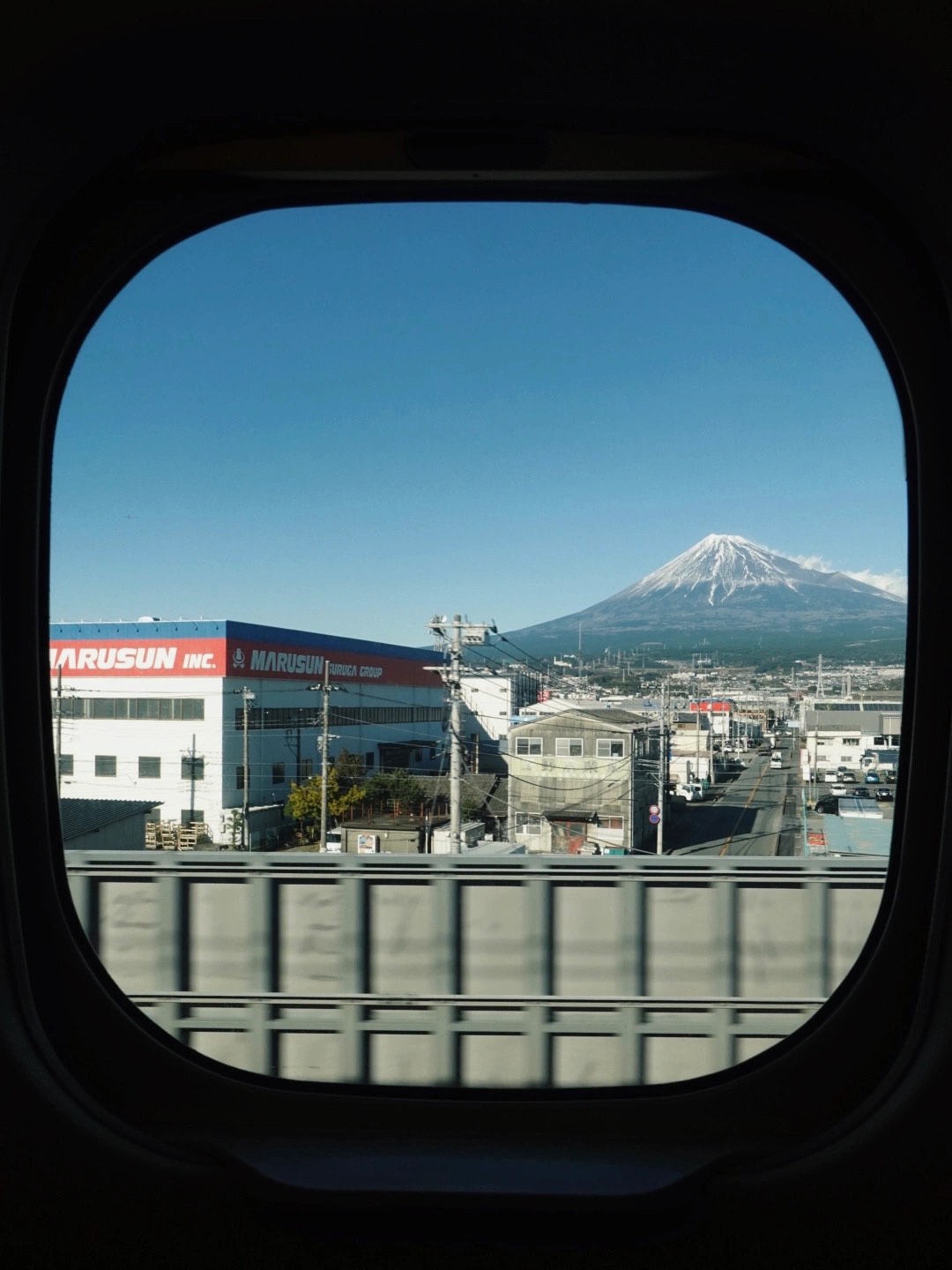
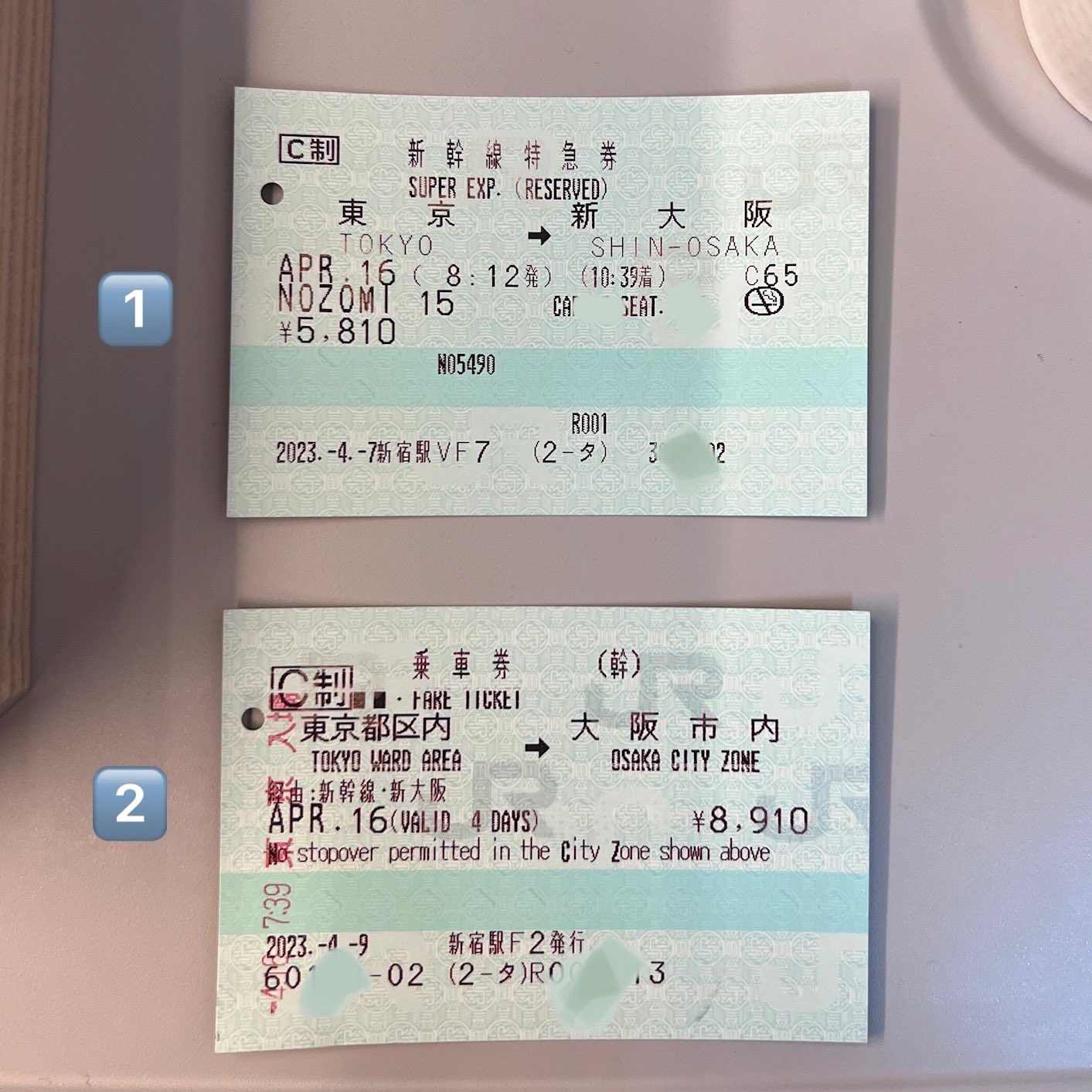
Changes and Cancellations
- Shinkansen tickets can be changed for free before departure, including time and station changes. Refund fees are deducted based on the time left until departure. Details can be found on the JR website, which also has an English version.
- If you have a one-way ticket, you can change it at the ticket machine.
- You can request a refund at the ticket counter. The refund will be processed back to your original payment method. You can purchase return tickets separately for greater flexibility.
Entering the Station and Boarding the Shinkansen
- We stayed near Shinjuku, so we chose “Shinjuku - Shin-Osaka”. This included the route from Shinjuku to Tokyo Station.
- Only Shinagawa and Tokyo Stations offer Shinkansen services. Despite various starting stations listed on the Shinkansen machine (including Shinjuku), you need to take the JR city line to either Shinagawa or Tokyo Station first.
- To get to Tokyo Station from Shinjuku, take the JC Chuo Line. The ride ticket is used at the gate when entering Shinjuku Station. After getting off the train, follow the signs to the Shinkansen tracks.
- Two tickets (ride and express) are used together to enter the Shinkansen platform.
Inside the Station
- There are places to buy coffee, sandwiches, and bento boxes once inside the station. I would recommend purchasing drinks and snacks beforehand at a supermarket or convenience store.
- A cart selling snacks and drinks passes through the train about an hour into the journey.
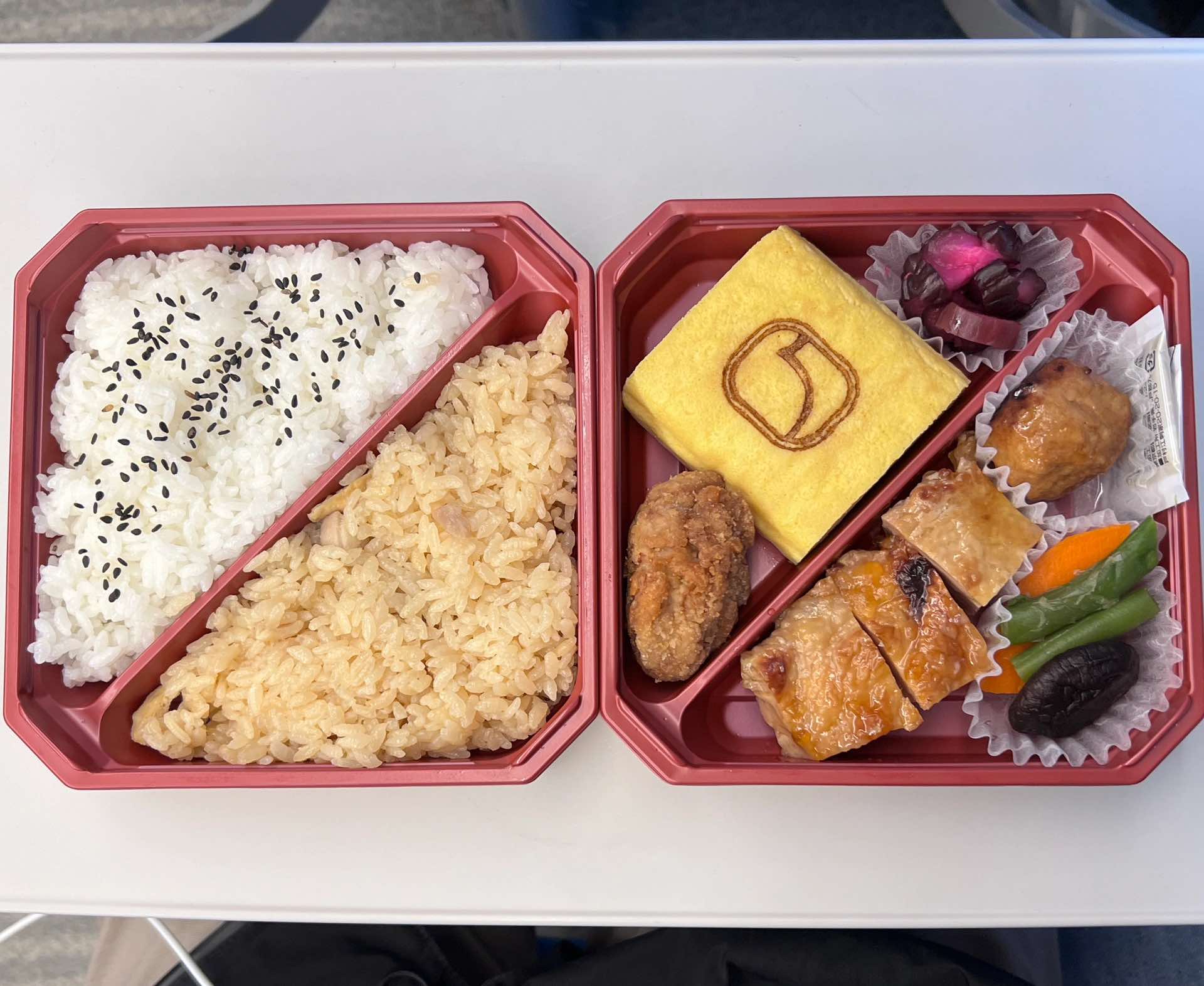
On Board the Shinkansen
- Reserved seating is clearly marked. The space on the train is more generous than on a high-speed train, even for someone 160-170cm tall.
- You can store your luggage in the overhead compartments. Larger luggage (exceeding 160cm in total dimensions) should be reserved in advance and stored in specific areas. Power outlets are available at the front of each armrest.
- The Shinkansen’s speed is slower than China’s high-speed rail and can be somewhat unstable. It can even be more uncomfortable than a bus ride from Shinjuku to Mount Fuji.
- The train carriages are very quiet. You’ll find bathrooms and trash bins at the connections between the carriages.
Getting Off the Train
- There are announcements about 10 minutes before arriving at the station. After the train arrives, you will queue to exit. Trash bins are available, and waste must be sorted. The tickets are collected upon exiting the station.
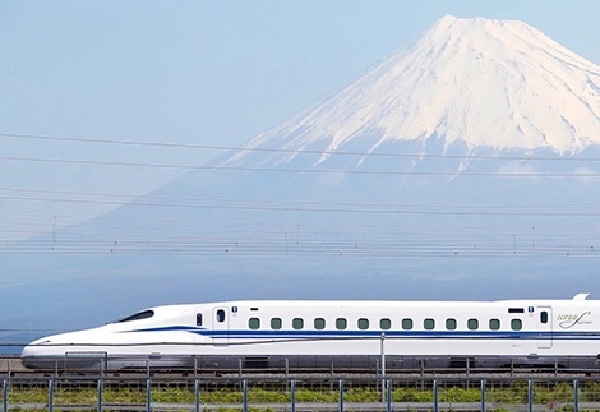

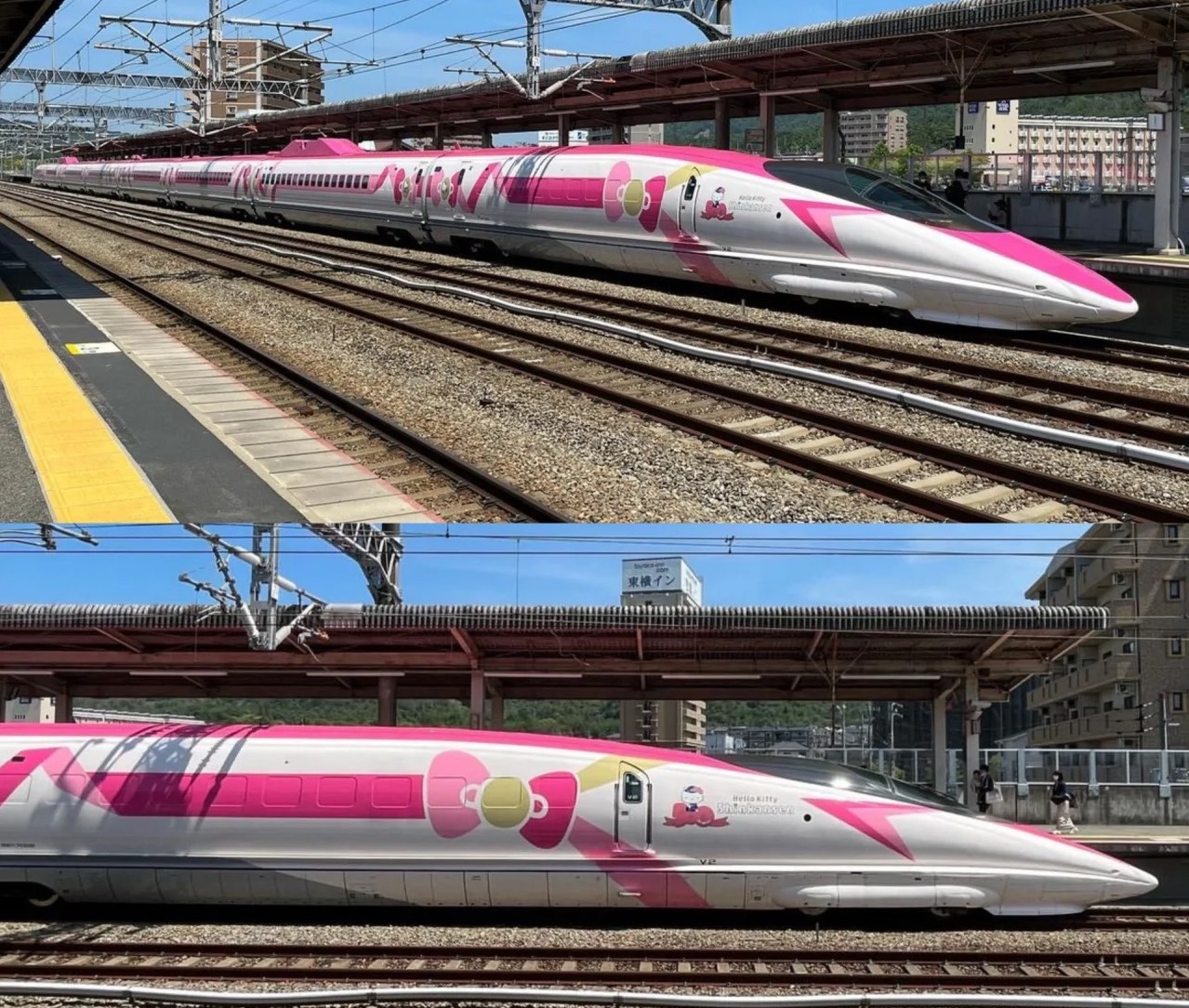
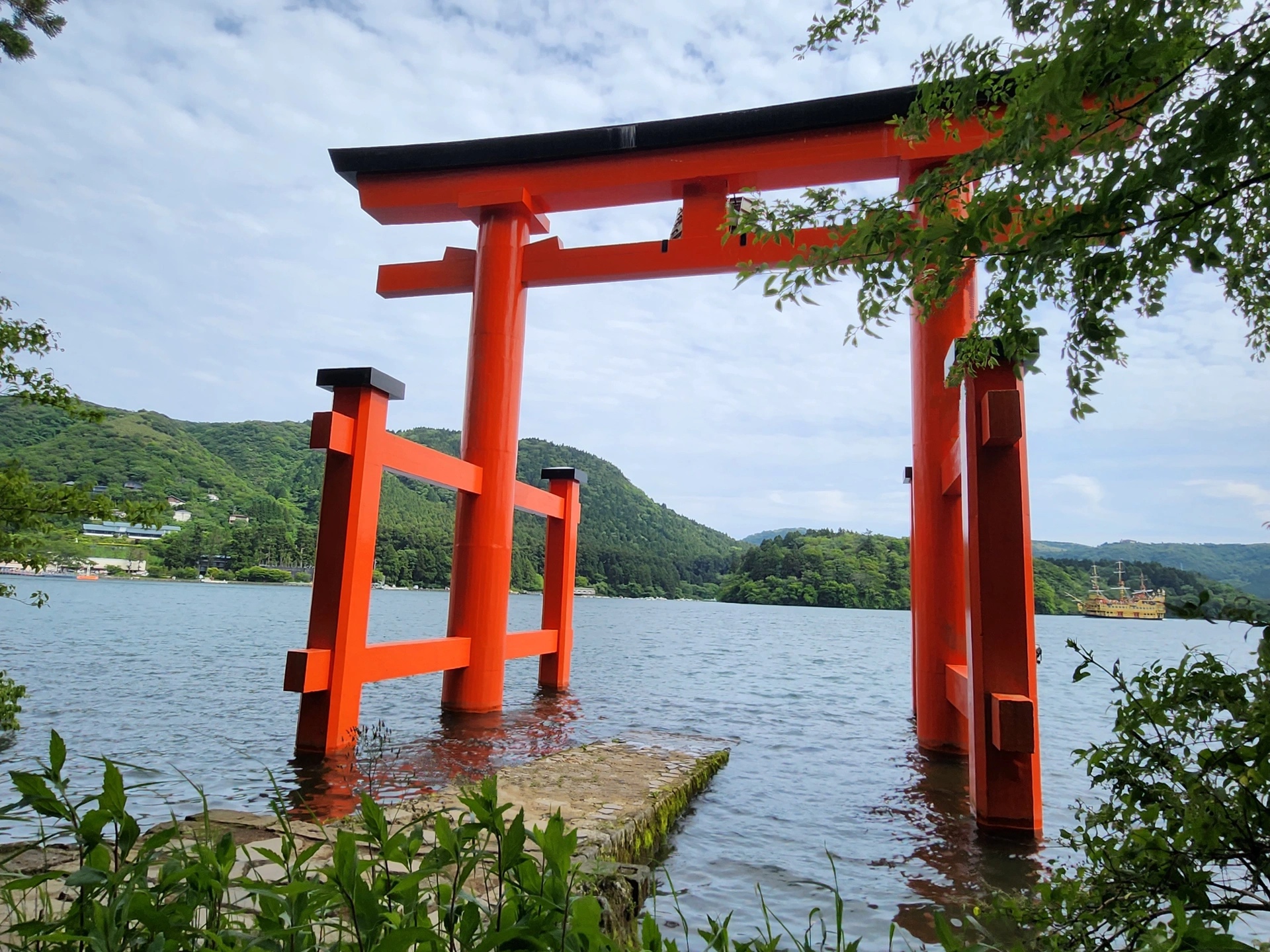

Use the share button below if you liked it.
It makes me smile, when I see it.